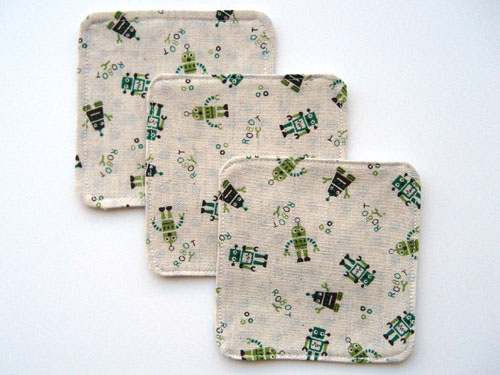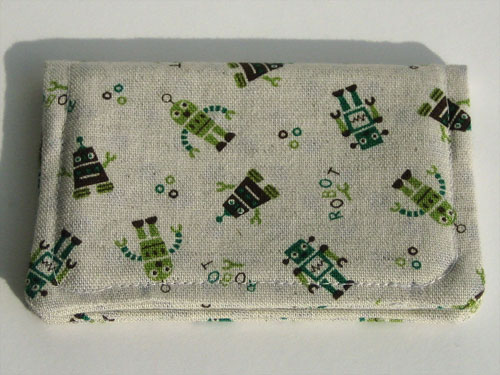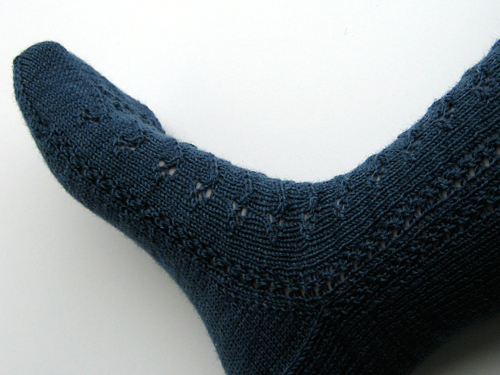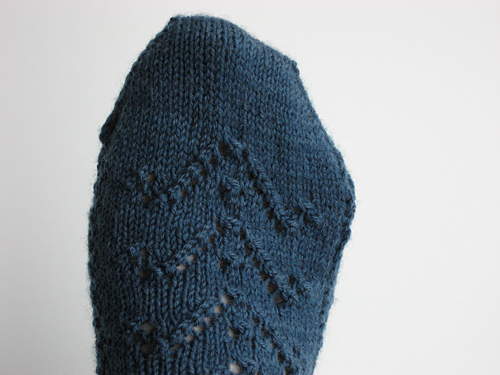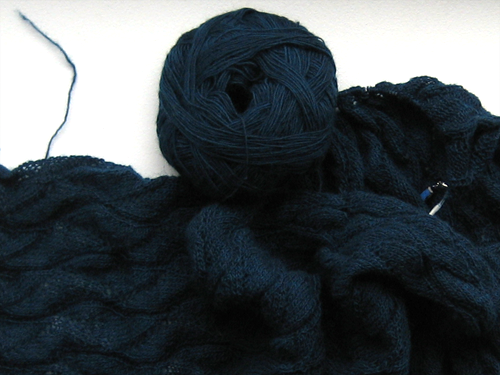A Backpack Prototype
August 1st, 2011 | Link
Last year I stumbled on a pattern for an ultralight waterproof backpack posted by Jan Rezac from the Czech Republic. The pattern splits the pack into two parts: an outer shell that supports the shoulder straps and hip belt, and a waterproof dry bag that is strapped into the outer shell. The dry bag can be constructed from a very lightweight fabric because it doesn’t have any stress points for straps and it’s protected by the sides of the outer shell, and this allowed Rezac to get his pack weight down to 320 grams, or about 11 ounces. My pack is about 24 ounces and E’s is about 16 ounces, so the idea of an 11 ounce pack was intriguing.
I sent off for a bunch of fabric samples from Seattle Fabrics, and E helped pick the fabrics and other materials needed for the pack, and we ordered them… and then they sat under the chaise in my studio for a year. However, I finally got to the project, and here’s the first prototype:

Doesn’t look like much without the sleeping pad to give it some structure and with the dry bag all crumpled up inside it like that, but I still think it’s pretty cool. The various pieces are sewn from different fabrics, depending on stress and wear. The bottom is a sturdy 330 denier Cordura — tough and water resistant, for putting it down on the ground. The back is 200 denier coated Oxford — waterproof, and heavy enough to support the stress of the straps and hip belt. The sides and front are waterproof 140 denier ripstop nylon, to protect the inner bag from branches and other wear.
Here’s the back view:

The shoulder straps and hip belt are made of 1/4″ foam padding, which I perforated with a 1/4″ hole punch to further reduce the weight (marginally) and to allow it to breathe. There are also strips of grosgrain ribbon sewn to the back where the shoulder straps and hip belt are attached, to support the additional stress at those points. The hip belt is sewn in to the seam where the back and bottom meet, and attached to the lower grosgrain strip with short strips of heavy elastic, to provide support and accommodate the pack’s bouncing as you walk.
The side pockets are made of dive mesh, with a light-weight elastic gathering them into the protective sleeve at the top:

The dry bag is made of heat-sealable fabric — the outside has a waterproof coating, and the inside has a heat-sealable coating. I sewed around it with about a 1/2″ seam allowance first, then used an iron to seal the seam allowance and also 1/2″ inside the seam allowance. In theory only the heat sealing is required, but should it fail I wanted to make sure stuff wasn’t going to fall out. The webbing and velcro across the top allow the flap to be folded over a couple of times and then buckled, so it’s waterproof:

I’m not totally in love with the dry bag. I had originally purchased some 1.9 ounce silicon coated ripstop, which is much lighter but would require sealing the seams. Then I got a photocopy of the article about the heat-sealed dry bags and thought I’d try that instead. We’ll see how it works. The ripstop was also a light blue, which I suspect would be easier to find in a dark camp site.
The finished weight of our prototype, with dry bag, came to 16 ounces, which is about the same as E’s current lightweight pack (which, unlike this pack, doesn’t have a hip belt). It fits me quite well, and it seemed to adjust all right to E’s height (he’s 6′ 2″, I’m 5′ 6″). We’re going to give it a test run this month.

